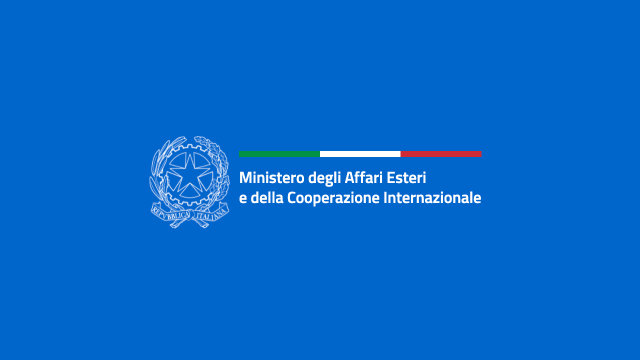“The images of the vestiges of Nimrod, destroyed by DAESH, are a call to action”, declared Under-Secretary for Foreign Affairs Mario Giro. “Destruction of the past means hatred of the future”, Giro continued, “and therefore Italy has asked UNESCO to advance concrete and effective measures to halt such devastation of the world’s heritage and illegal trafficking in artistic treasures, for the most part from Iraq, Syria and Libya, places that symbolise the history of humanity”. A few days ago, the Executive Board of UNESCO unanimously approved a resolution proposed by Italy and signed by all EU countries and the five permanent members of the UN Security Council. Its intention is to raise international awareness of the urgency to arrest those responsible for these criminal acts against the symbols of the culture, religion, history and identity of the peoples that are identified with them.
The Italian resolution calls upon UNESCO to explore and propose new legal mechanisms capable of containing, but above all preventing, the destruction of world heritage sites. It also proposes to establish “protected cultural areas” around the World Heritage sites that are threatened. This initial step would oblige the international community to collectively assume responsibility for its shared history. A responsibility that should soon be accompanied by more effective measures by which to defend and combat against illegal trafficking — a source of income for DAESH — to be outlined within the UN Security Council. Within that framework, Italy has relaunched a proposal that UNESCO set up a force of “blue helmets for culture” and continue efforts to toward the recognition of ethnic minorities in crisis areas — such as Aleppo, the Christians in the Middle East and the Yezidis — as part of the world’s common heritage.

